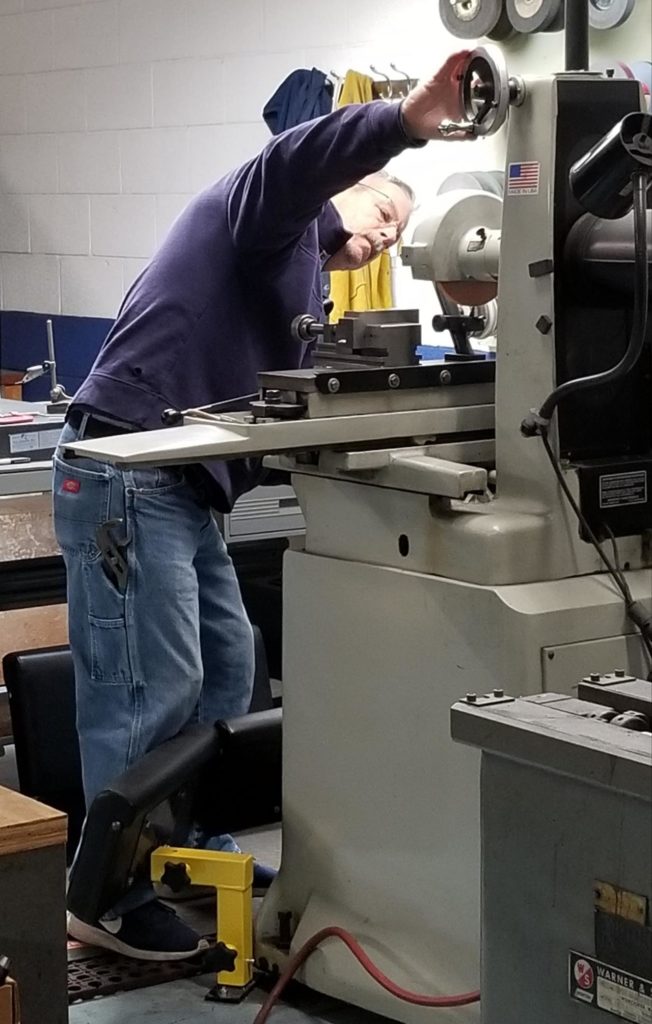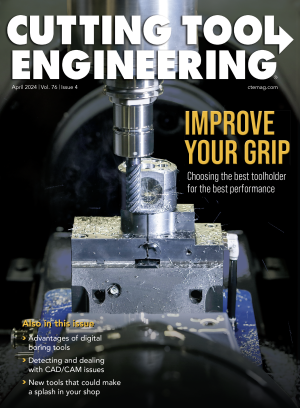Unsurprisingly, standing for a majority of your shift on the shop floor can take its toll on the youngest and healthiest of us. As reported by the National Institute for Occupational Safety and Health (NIOSH), prolonged standing in the workplace can lead to serious health problems for workers who do so on a daily basis. After reviewing the study “Evidence of Health Risks Associated with Prolonged Standing at Work and Intervention Effectiveness,” NIOSH found ample evidence that shows that prolonged standing at work — primarily in one place — can put you at a high risk for low back pain, physical fatigue, leg swelling, tiredness and body part discomfort.
These health problems come with real consequences, according to the European Agency for Safety and Health at Work, which published an article called “Musculoskeletal disorders (MSDs) and prolonged static standing.” The article, which identified fatigue itself is a consequence, noted that fatigue in your legs has been shown to increase the risk of falling due to slipping and tripping.

Enter necessity, the mother of invention.
Cathy and Jerry Sitek, who owned and operated a machine shop in Warren, Michigan, knew they had to find a solution for themselves when they realized the fatigue they endured had begun to impact their performance and productivity. The result was the StandRite-Pro™, a device that provides balance, stability and leverage for employees who stand while they work. Within weeks of using their own prototype, they reported having more energy and less pain while performing their usual duties. Within months, they reported feeling no back pain at all.
The Siteks formed Human Balance and Stability (HBS) Systems in 2016 and patented the StandRite-Pro, which is said to provide a 31.8% reduction in lower back torque. Though their machine shop shut down when COVID-19 hit, HBS Systems lives on.
But how does the StandRite-Pro work?
According to the company's website, the StandRite-Pro engages the body’s core support system, shifting the center of balance to the core and distributing effort throughout the body. By turning standing into a full-body exercise, it counters the harmful impact of static postures on isolated muscles, which can weaken the core and contribute to intervertebral disk degeneration.
The science behind the StandRite-Pro is fascinating. Their website states that “balance in standing is directly related to postural sway, which causes significant tension in our connective tissues as we fight gravity.” In order to combat this, the StandRite-Pro reduces fascia tension and inflammation, strengthening the core. The reduction of fascia tension and inflammation is a result of bending the knees which improves circulation and facilitates a dynamic stance. The StandRite-Pro is said to effectively exert force to the legs instead of the lower back due to the fact that the shin angle created by your shin and the support device engages proper hip hinge movement. This is how the StandRite-Pro mitigates the effects of static postures.
Investing in employee well-being can result in long-term benefits for organizations, according to HBS. The StandRite-Pro is one way to do so as it reduces pain and fatigue for your workers and should lead to improved focus and cognitive thinking on the job. “Improving your processes and engagement,” HBS explained, “is the key to reducing lost time, high turnover, and costly factors like unscheduled breaks.”
What's more, HBS reported that these key factors lead to an increase in worker productivity and quality of work performed. This goes hand-in-hand with safety because a worker who is distracted is more likely to get hurt.
HBS said StandRite-Pro models “are suitable for nearly any sector such as industry, commercial, retail, health care, residential, education, athletics, research, and anywhere else where people stop moving to stand and perform a task.”
To learn more about the StandRite-Pro, visit the HBS website at: www.standritepro.com.
Related Glossary Terms
- fatigue
fatigue
Phenomenon leading to fracture under repeated or fluctuating stresses having a maximum value less than the tensile strength of the material. Fatigue fractures are progressive, beginning as minute cracks that grow under the action of the fluctuating stress.
- turning
turning
Workpiece is held in a chuck, mounted on a face plate or secured between centers and rotated while a cutting tool, normally a single-point tool, is fed into it along its periphery or across its end or face. Takes the form of straight turning (cutting along the periphery of the workpiece); taper turning (creating a taper); step turning (turning different-size diameters on the same work); chamfering (beveling an edge or shoulder); facing (cutting on an end); turning threads (usually external but can be internal); roughing (high-volume metal removal); and finishing (final light cuts). Performed on lathes, turning centers, chucking machines, automatic screw machines and similar machines.


